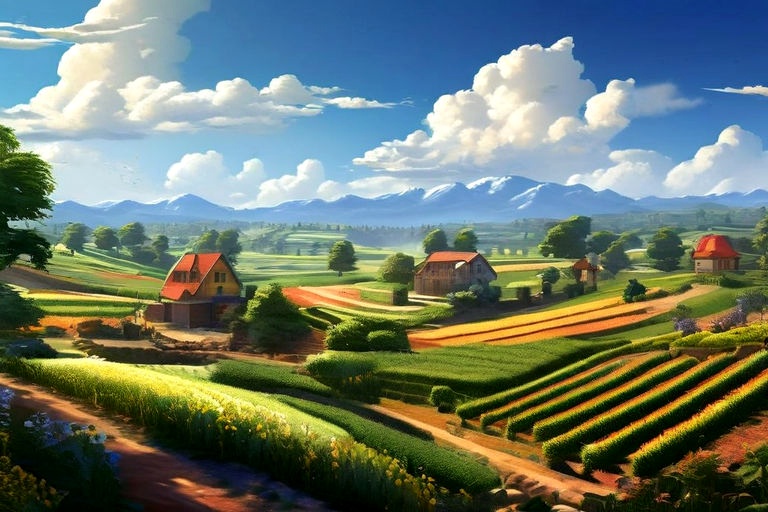How can agroforestry be integrated into my farming practices?

Integrating Agroforestry into Your Farming Practices
Agroforestry, the practice of integrating trees and shrubs into crop and animal farming systems, offers a sustainable and productive approach to agriculture. It harnesses the benefits of biodiversity, providing a diverse range of products, improving soil fertility, conserving water, and sequestering carbon. This guide will provide a comprehensive overview of how you can integrate agroforestry into your farming practices.
Understanding Agroforestry
Before diving into the implementation, it's crucial to understand agroforestry and its potential benefits. Agroforestry systems can be categorized into four main types: silvopasture, forest farming, alley cropping, and windbreaks. Each type offers unique benefits and can be implemented according to your farm's needs and objectives.
Assessing Your Farm
Agroforestry is not a one-size-fits-all solution. What works best for your farm will depend on your specific circumstances and goals. Consider factors such as climate, soil type, available resources, and market demand for agroforestry products. A thorough assessment can help you select the most suitable agroforestry system for your farm.
Implementing Silvopasture
Silvopasture combines forestry and grazing. Trees are intentionally integrated with forage and livestock production. The benefits include improved animal welfare, increased biodiversity, and additional income from timber. To implement silvopasture, select tree species that are well-suited to your land and livestock. Consider factors such as tree growth rate, forage quality, and the shade tolerance of your livestock.
Exploring Forest Farming
Forest farming involves the cultivation of high-value specialty crops under a forest canopy. These crops can include medicinal herbs, mushrooms, nuts, and ornamental plants. Forest farming allows you to diversify your farm income while conserving natural resources. To implement this system, assess the existing forest resources on your farm, choose suitable crops, and develop a management plan.
Adopting Alley Cropping
Alley cropping involves growing crops between rows of trees. This system can improve soil fertility, enhance crop yield, and provide additional income from tree products. To implement alley cropping, select tree and crop species that are compatible and beneficial to each other. Consider the light requirements of your crops and the shade cast by the trees.
Establishing Windbreaks
Windbreaks are rows of trees or shrubs that protect crops, soil, and livestock from wind. They can also provide habitat for wildlife, sequester carbon, and enhance the aesthetic value of your farm. To establish windbreaks, identify areas of your farm that would benefit from wind protection, select suitable tree or shrub species, and design the layout of the windbreak.
Seeking Professional Assistance
Implementing agroforestry can be complex and requires careful planning and management. It can be beneficial to seek professional advice from agroforestry consultants or extension services. They can provide valuable insights, assist with planning and design, and help you navigate any regulatory requirements.
Monitoring and Adapting
Once you've implemented agroforestry, it's important to monitor the system and adapt as necessary. Monitor the health of your trees and crops, the productivity of the system, and any changes in soil fertility or water availability. Use this information to adjust your management practices and optimize the benefits of agroforestry.
In Conclusion
Integrating agroforestry into your farming practices can provide numerous benefits, from increased productivity and income diversification to improved environmental sustainability. It's a multifaceted approach that requires careful planning, implementation, and adaptation. By understanding the different agroforestry systems, assessing your farm's needs, and seeking professional assistance, you can effectively integrate agroforestry into your farming practices. Remember, the journey towards sustainable farming is a continuous process, and every step taken is a step towards a healthier and more productive farm.

